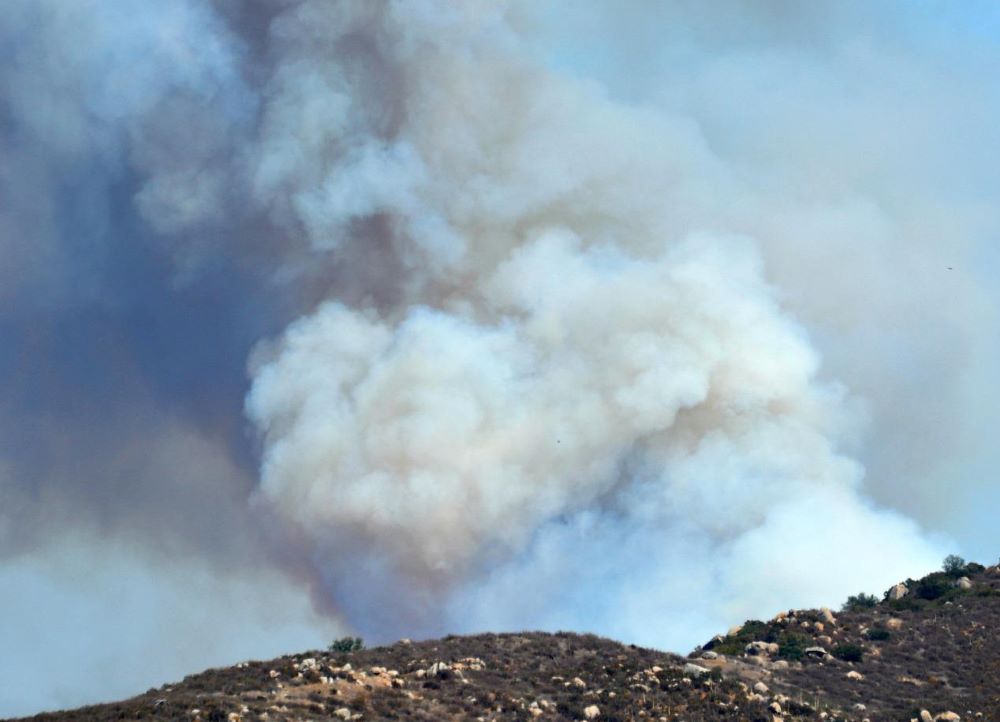Wildfire smoke and your health
Wildfire is a fire which burns in a natural area such as a forest or native bush. Wildfire can be caused by human activity, or by a natural phenomenon such as a lightning strike and can happen anywhere at any time (WHO (2022). Wildfires). The quality of our air can have significant human health impacts, and during a wildfire, air quality can be poor due to wildfire smoke. Wildfire smoke contains particulate matter (such as ash and soot), carbon monoxide, and various other hazardous air pollutants (EPA. (2021). Why Wildfire Smoke is a Health Concern.). Our region is not immune to the threat of wildfire, so being prepared for, and knowing how to manage wildfire smoke is important from a health perspective.








